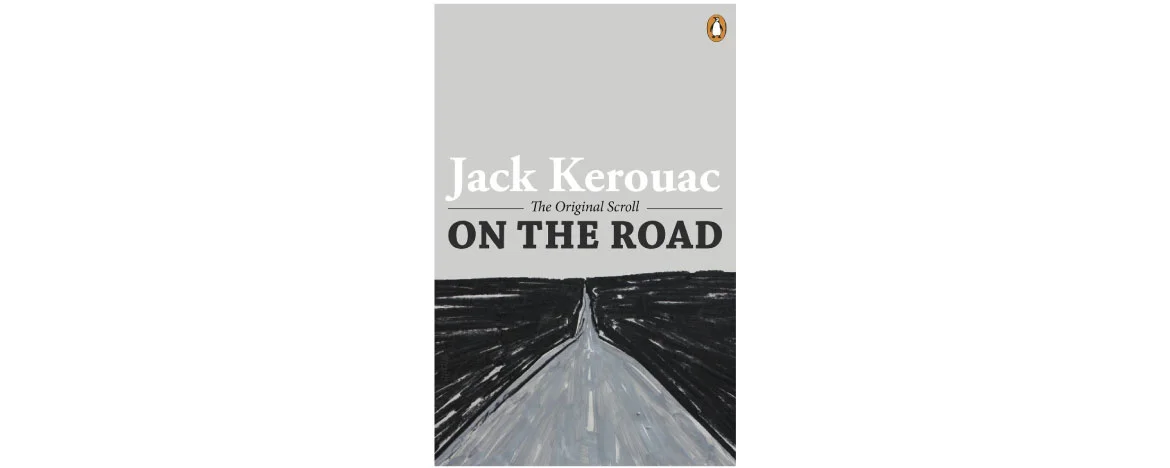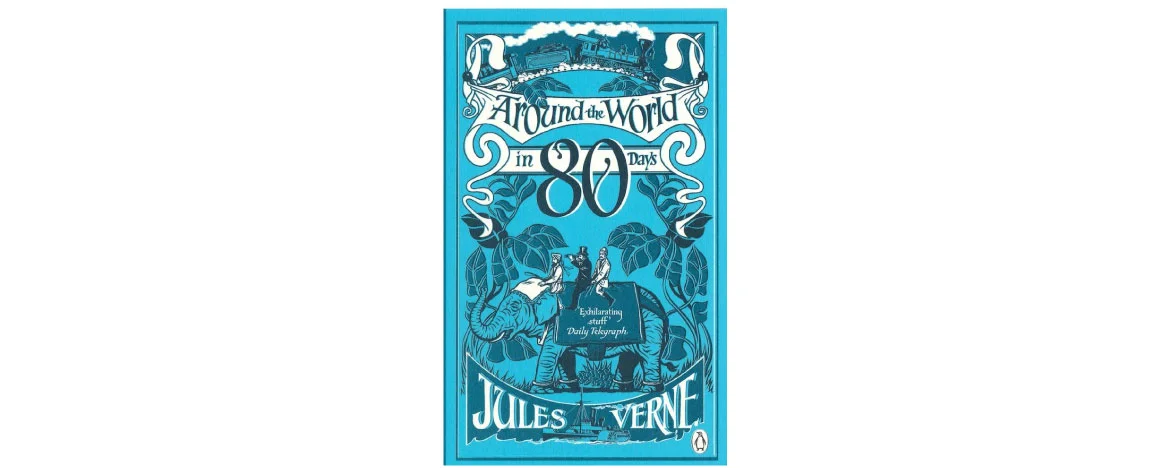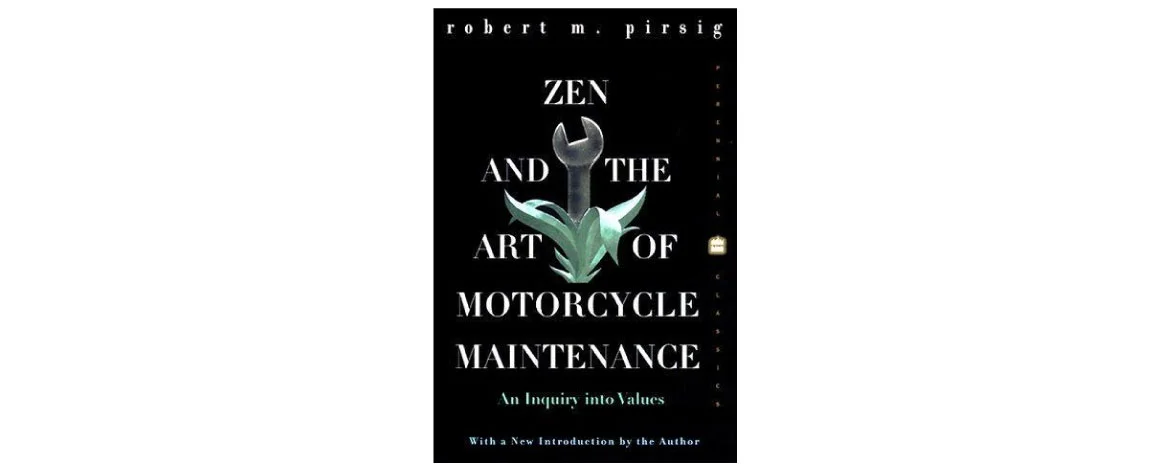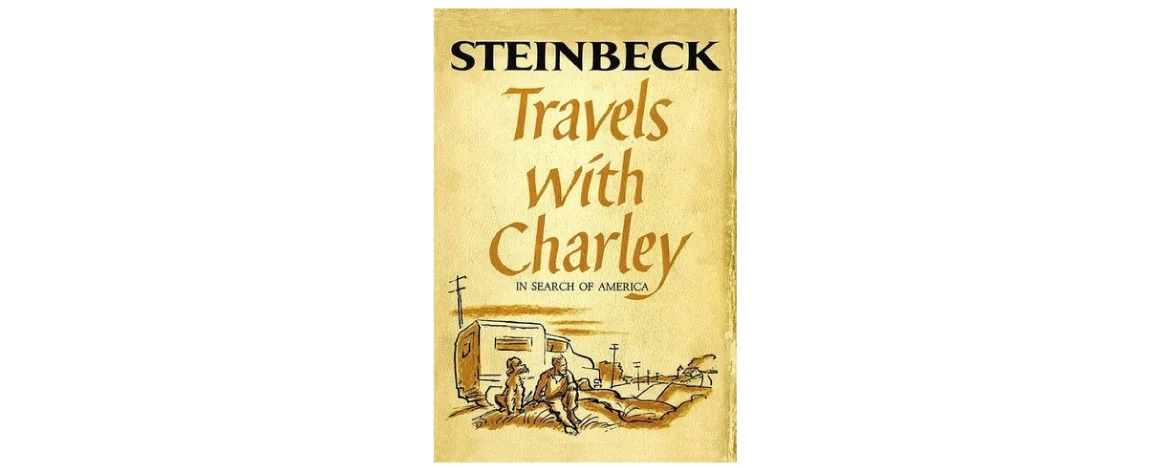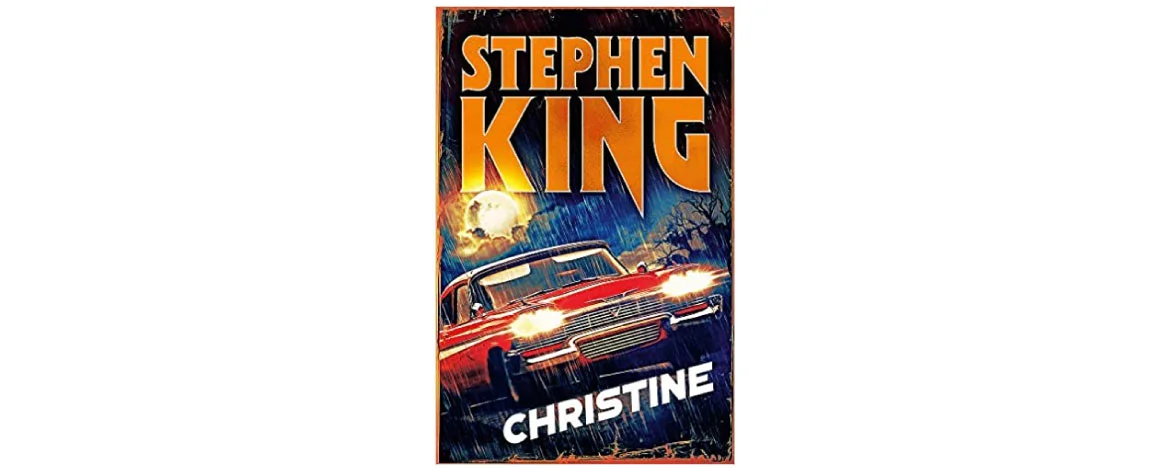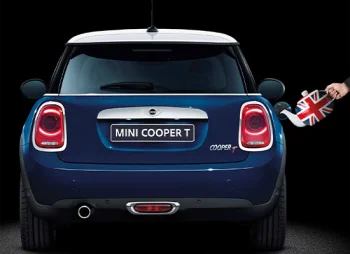1. On the road – Jack Kerouac
Hailed as an important commentary on post-war counterculture, On the Road is set in America in the late 1940s and follows the fortunes of aspiring writer Sal Paradise. Shaken by the death of his father and uninspired by his stagnant career, Sal embarks on a cross country road trip. As he travels, Sal encounters a range of characters whose stories intertwine with his.
The novel is largely recognised as a fictionalised version of Kerouac’s memoirs from a similar trip that took place between 1947 and 1950. During this time, he was known to be associated with some seminal faces in the Beat Generation – a literary and artistic movement that dominated the 1950s and kick-started social and sexual liberalism and free experimentation with drugs.
These themes are clearly explored in the novel, which was received with mixed reviews on its publication in 1957, not least because of its portrayal of same-sex attractions and drug use. However, it was understood to reflect the uprising of a generation in the post-war era and its significance has only been amplified over time.
Having already published a successful book, Kerouac wrote On the Road quite literally in situ. His experiences over his three year period of travelling were recorded in a series of notebooks. Over the coming years, he drafted several versions but was not happy with any of them.
It was at this time that he hit upon the idea of structuring the text like a ‘letter to a friend’ to add to the realism and mimic the ‘improvisational fluidity' of jazz music. Inspired by a rambling letter from a friend, Kerouac’s writing employs a rhythmic approach and stream of consciousness prose that was popular with modernist writers such as James Joyce and Virginia Woolf. The overall effect is an easily readable tale that touches on themes that are as relevant today as they were then.
A must for anyone with a case of wanderlust!



